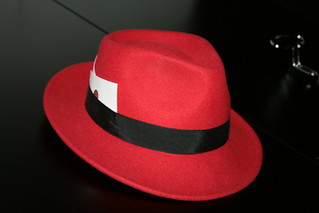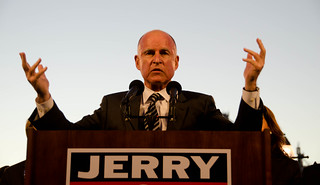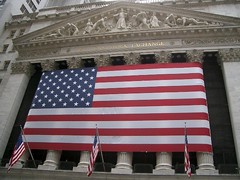Mitt Romney: Taker
Mitt Romney acts as if his 15 years at Bain Capital give him free market cred, but as David Stockman points out in Newsweek, Bain’s business model was corporate welfare:
Bain Capital is a product of the Great Deformation. It has garnered fabulous winnings through leveraged speculation in financial markets that have been perverted and deformed by decades of money printing and Wall Street coddling by the Fed. So Bain’s billions of profits were not rewards for capitalist creation; they were mainly windfalls collected from gambling in markets that were rigged to rise.
[…]
Except Mitt Romney was not a businessman; he was a master financial speculator who bought, sold, flipped, and stripped businesses. He did not build enterprises the old-fashioned way—out of inspiration, perspiration, and a long slog in the free market fostering a new product, service, or process of production. Instead, he spent his 15 years raising debt in prodigious amounts on Wall Street so that Bain could purchase the pots and pans and castoffs of corporate America, leverage them to the hilt, gussy them up as reborn “roll-ups,” and then deliver them back to Wall Street for resale—the faster the better.
Romney’s business was leveraged buyouts. These buyouts don’t create wealth, they exploit a rigged system where speculators can borrow money cheaply and reap the capital gains at low tax rates. They pick the taxpayer’s pocket while siphoning the assets of failing businesses to the 1%.
As Andrew Sullivan notes, “Mitt Romney is as much a creature of the corporate welfare state as anyone out of their luck is a creature of the actual welfare state.”







